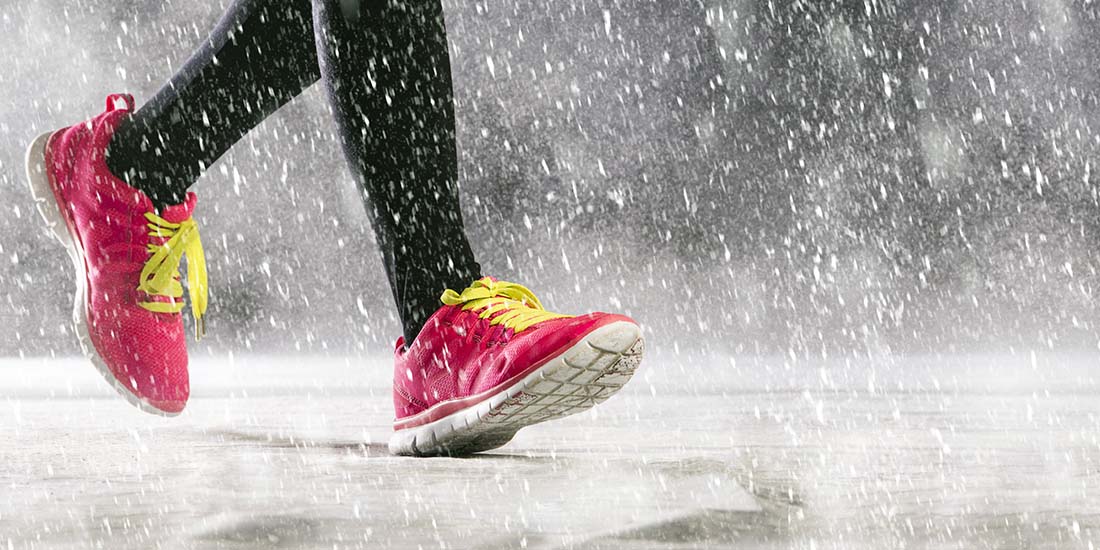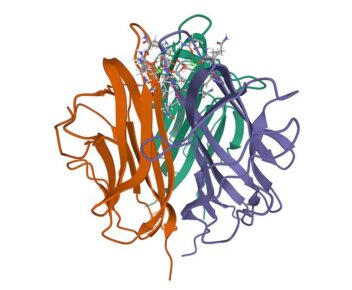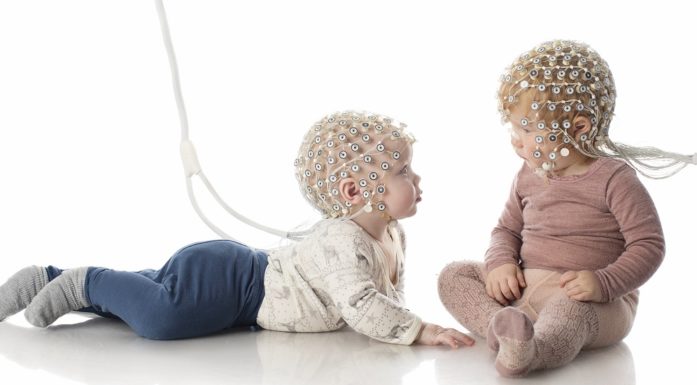Breastfeeding mothers who exercise pass on a beneficial hormone to their children
It’s okay to exercise when you are breastfeeding. High-intensity exercise releases a hormone that is good for your child’s metabolism
Although women have breastfed since the beginning of time, there is very little scientific research on how exercise affects breast milk.
Different online forums for pregnant women and new mothers are full of questions about this exact issue:
Can exercise cause breast milk to go sour? What happens to breast milk if you do high-intensity interval training? Will strenuous exercise affect your milk supply?
“There are so many myths about exercise and breast milk. We simply need to know more,” says Trine Moholdt, an NTNU researcher.
She leads several international research projects on how exercise can prevent and treat lifestyle diseases.
Limiting overweight in children
Last year, Moholdt received NOK 23.5 million from the EU and NTNU to find out if breast milk is extra healthy for babies if mothers exercise.
“The primary aim of our research is to find out if we can limit the development of overweight in children,” says Moholdt.
In 2020, the World Health Organization estimated that 39 million children under the age of five were overweight or obese. They also found that the incidence of overweight and obesity among children and adolescents aged 5–19 rose from four per cent in 1975 to 18 per cent in 2018.
Research shows that one possible contributing factor in the rapid rise in obesity in children is that nutrition during the early phase of life partially determines your health later in life.
“In fact, the period from conception to two years of age is considered the most critical period for possible development of obesity later in life,” says Moholdt.
- You might also like: The unsolved mystery of children’s bad teeth
Important hormone
Twenty new mothers have provides 240 samples of breast milk. The samples were taken before and at specific times after two exercise sessions, and then compared with the corresponding times after the participants had been more sedentary.
The first piece of the puzzle is ready, and it concerns a hormone called adiponectin.
This hormone regulates the body’s metabolism to ensure a supply of energy and substances that the body needs to function.
It is probable that this hormone is absorbed through the intestines of breastfeeding babies, thus changing how their metabolism functions.
Having low levels of this hormone is associated with insulin resistance and type 2 diabetes.
- You might also like: Seven weeks to reducing your belly fat
Good for the child
Moholdt’s study shows that mothers who did high-intensity interval training had higher levels of this hormone in their breast milk after their exercise sessions.
It is the first time that someone has investigated the effect exercise has on this hormone in breast milk.
“The hormone is secreted from fatty tissue and enters the bloodstream, and much of what is in the blood goes into the milk. We were not that surprised by the findings, but now we know for certain,” says Moholdt.
Intense exercise gives the best effect
The study shows that moderately intense exercise did not have the same effect on this particular hormone.
“Intense exercise led to a higher response. In my opinion, new mothers don’t have to worry about lactic acid in their breast milk. There is no research suggesting that this is bad for babies, and lactic acid is energy-rich,” says Moholdt.
One of the reasons why the WHO recommends breastfeeding during the first six months of life is that breast-fed children are less likely to be overweight and obese than formula-fed children. However, new research shows that the composition of breast milk varies between mothers who have high and low body mass indexes, and that differences in breast milk composition can play a role in the transfer of obesity from mother to child.
“We now have the first result of all the work we are doing, and many more results are on the way. It will be very exciting going forward,” says Moholdt.
References
Mads Holmen, Guro F. Giskeødegård, Trine Moholdt: High-intensity exercise increases breast milk adiponectin concentrations: a randomised cross-over study Frontiers, 18 December 2023









